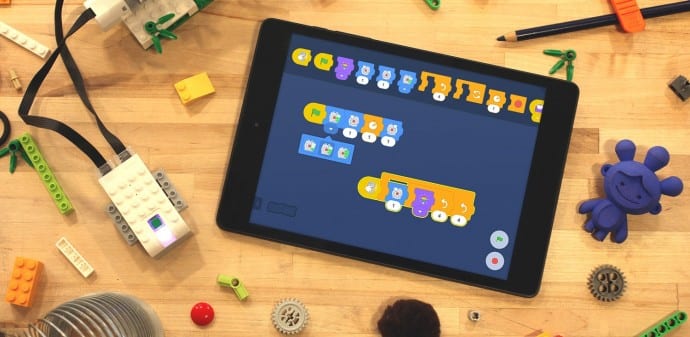Scratch Blocks : The Google and MIT effort to bring programming to children
If you wished that your child to learn coding, forget all the complex languages like C++, Java, Python, Google and MIT are teaming up to bring a children only programming language called Scratch Blocks.
The new and improved Scratch Blocks is now open on developer preview, and young aspiring coders who took part in this year’s I/O Youth event got to test it out. “Scratch Blocks” based on Blockly, Google’s own visual programming code.
MIT’s Media Lab started working on Scratch in 2007, which was conceived as a visual programming language. The idea behind Scratch was to find an easy way to teach young children the basic knowledge needed for programming and IT aptitudes. Scratch was appreciated world over with over 11 million kids from across the globe using it to learn programming. The legion of young programmers crafted worth of 14 million games, stories and animations in the programming language.
This time, Google has teamed with MIT to give it the power of Blockly as well. The Director of MIT’s Scratch Team, Mitchel Resnick, pointed out that the updated variant also enables Scratch to run on tinier displays, such as the ones found on tablets and smartphones .
As an increasing number of enterprises are focusing their efforts on kids’ products, some of them are taking things further and embedding programmable elements. Resnick is confident that Scratch Blocks could be the “universal programming language across these products.”
Google is also important to Scratch Blocks because it can take the programming language to the remote area of the world which MIT cannot do.
Scratch uses shape-based system to replace the rigorous syntax and punctuation of traditional programming. This is what some in the industry call a “Lego approach,” as it relies on how logical shapes fit together. The fact that it is intuition-reliant makes it work very well with children, who can rely more on visual clues than on analytical approaches.
So next time your son or daughter wants to learn programming, you know where to turn.

